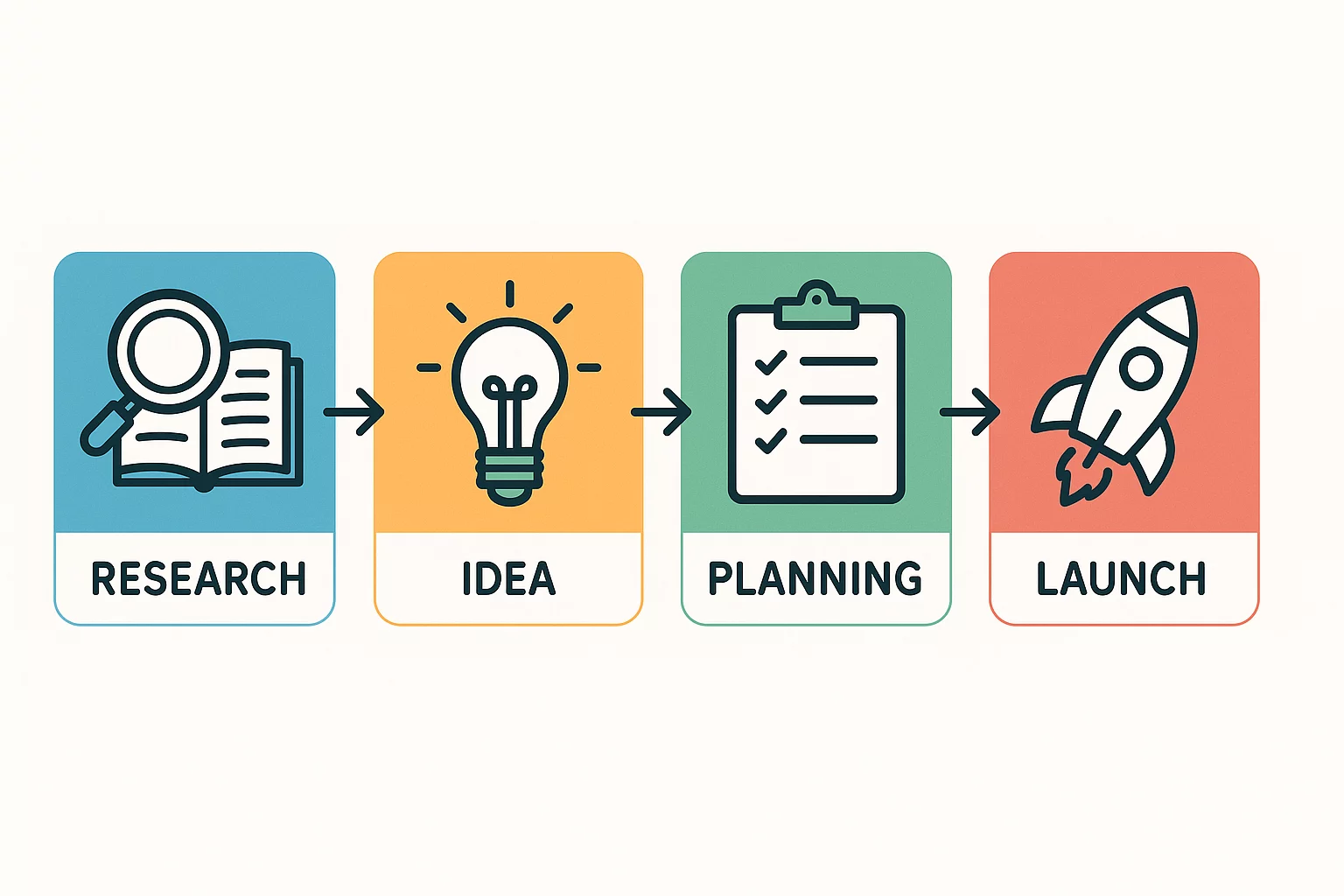Imagine you’ve successfully launched your solar module factory. For two years, your production line has efficiently produced a standard module type, and your business is growing. But then the market shifts. A new, more efficient cell technology like TOPCon or HJT becomes the industry standard, and customers start demanding modules with these advanced features.
Your machines can be upgraded, but the software that runs your factory—the central nervous system of your operation—is rigid, programmed for one specific product and one set of equipment. Integrating new machines or changing production parameters requires a costly, time-consuming overhaul that brings your entire operation to a standstill.
For many manufacturers, this scenario is an all-too-common—and expensive—reality. It highlights a critical truth: the long-term success of a solar factory depends not just on its machines, but on the intelligence and adaptability of the system that controls them—the Manufacturing Execution System (MES).
What is a Manufacturing Execution System (MES)?
In simple terms, an MES is the brain of the factory floor. While other business systems handle finance or inventory (like an ERP), the MES focuses exclusively on the production process itself. It connects individual machines, tracks materials, manages production orders, and collects vast amounts of data in real-time.
Think of it as the digital command center that turns a production plan into reality on the factory floor. It ensures every step—from raw silicon wafer to final laminated module—is executed, monitored, and recorded with precision.
The Challenge of Rigidity in Solar Manufacturing
The solar industry is defined by rapid innovation. Cell efficiencies improve, module formats change, and new material compositions are introduced continuously. A factory built on a rigid MES is fundamentally vulnerable to this progress.
These older systems are often hard-coded for a specific production line and a specific bill of materials. They function well in a static environment but create significant barriers to growth and adaptation.
-
Vendor Lock-In: A rigid MES may only communicate with machines from a single manufacturer, preventing you from choosing the best equipment for a future upgrade.
-
Inability to Diversify: This kind of system struggles to manage multiple ‘recipes,’ or production instructions, making it nearly impossible to produce different module types (e.g., bifacial, half-cut, PERC, TOPCon) on the same line without extensive manual changes.
-
Data Silos: As you expand, each new production line might operate as an isolated island, making it difficult to get a clear, centralized view of your factory’s overall performance.
Ultimately, this inflexibility poses a direct financial risk. An investment in a production facility must be viable for decades, not just a few years. If your factory cannot adapt to meet market demand, its long-term profitability is compromised.
The Power of Flexibility: How a Modern MES Enables Growth
A flexible, modern MES is designed with change in mind. It serves as a dynamic platform that empowers your factory to evolve, expand, and optimize its operations seamlessly.
Seamless Integration of New Machines

As you scale your operations, you will inevitably introduce new equipment. This could involve adding a second production line or upgrading a single machine to a newer, more advanced model from a different supplier.
A flexible MES features a modular, ‘plug-and-play’ architecture. It acts as a universal translator, communicating with equipment from diverse manufacturers, whether they are based in Europe or Asia. This allows you to integrate best-in-class technology at any point in your factory’s lifecycle without being locked into a single ecosystem. This level of control is essential for any turnkey PV production line designed for longevity.
Managing Diverse Product Recipes
In a competitive market, the ability to offer a diverse product portfolio is a significant advantage. Your customers may require different module sizes, power classes, or cell technologies.
A flexible MES lets you create, store, and deploy an unlimited number of production recipes. An operator can select a specific product from a dropdown menu, and the MES automatically sends the correct parameters—such as soldering temperatures, lamination times, and testing thresholds—to each machine on the line. This allows you to switch between producing standard, bifacial, or high-efficiency modules with minimal downtime, keeping your factory agile and responsive to customer needs.
Optimizing a Multi-Line Facility

Expanding from a single production line to a multi-line facility is a key milestone, but this growth introduces new layers of complexity.
A centralized, flexible MES provides a single source of truth for your entire operation. It consolidates data from all lines into one clear dashboard, allowing you to monitor key metrics like Overall Equipment Effectiveness (OEE), identify performance bottlenecks, and compare the output of different lines. This holistic view is a cornerstone of the J.v.G. approach to factory planning, ensuring your investment is built for the future.
The Real-World Impact: From Data to Decisions
Beyond enabling growth, a robust MES transforms your factory’s data into a strategic asset. Every module produced comes with a complete digital birth certificate.
This traceability is invaluable. If a defect appears in a module years after installation, the MES lets you trace its unique serial number back through the entire production process. You can identify the exact batch of raw materials used, the specific machines that handled it, and the quality control measurements recorded at every stage. This capability is crucial for managing warranties, satisfying investor due diligence, and continuously improving your production quality.
Frequently Asked Questions (FAQ)
Do I really need a sophisticated MES for a small, single-line factory?
Yes. Starting with a scalable foundation is far more strategic than attempting a disruptive and expensive replacement later. A flexible MES ensures your initial investment is prepared for future growth from day one.
What’s the difference between an MES and an ERP system?
An Enterprise Resource Planning (ERP) system manages high-level business functions like finance, sales, and human resources. The MES manages the real-time, physical operations on the factory floor. They work together: the ERP tells the MES what to produce (customer orders), and the MES tells the ERP what was actually produced (finished goods).
Can a flexible MES be implemented in an existing factory?
While more complex than incorporating it into a new build, it is certainly possible. The process requires a careful audit of existing equipment and workflows. However, the long-term benefits of improved control, data collection, and scalability often provide a strong return on investment.
How does an MES improve product quality?
It improves quality through enforcement and visibility. The system ensures that machine settings always match the approved production recipe, flags any deviation from quality parameters in real-time, and provides complete traceability for every component. It guarantees that every module is built precisely to specification.
Your Next Step: Building a Future-Proof Foundation

A solar factory’s long-term value isn’t defined by the technology it has today, but by its capacity to embrace the technology of tomorrow. A flexible MES is the critical infrastructure that ensures this adaptability, elevating your facility from a simple collection of machines into an intelligent, scalable, and resilient manufacturing asset.
Understanding these core components is the first step in developing a robust business plan for your solar module manufacturing venture.
If you are planning to build a new factory or scale your existing operations, let’s have a conversation about the right foundational architecture. Contact us to discuss the possibilities for your vision.
